Whether you’re a startup trying to get your first ten customers or a veteran in the game who’s seen it all, customer acquisition never stops being relevant. Like ever. It’s the lifeblood of your business, the engine that keeps things running.
No matter what stage you’re business is at, getting new customers and keeping them around can sometimes feel like rolling the dice. The good news is, it doesn’t have to be this way.
Instead of crossing your fingers and hoping for the best, I’m here to shine a spotlight on helping you understand your customer acquisition in a different light while at the same time providing strategies to help you refine it.
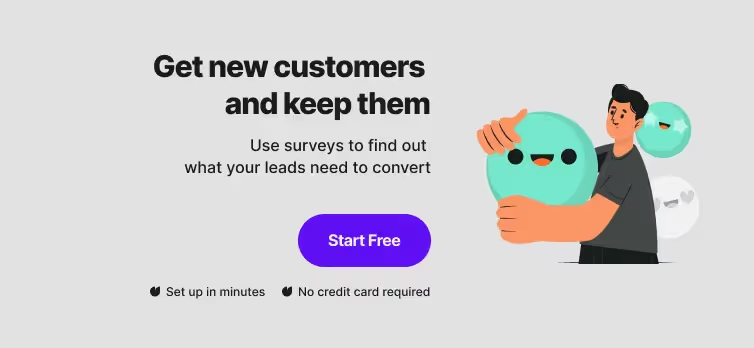
What is customer acquisition?
Think of it like this.
Whenever you manage to get someone to buy your product or service, that’s customer acquisition, put in simple terms. Specifically, it’s your playbook for guiding customers from your target audience on a journey toward committing and hitting that “purchase” button.
But hold on, it’s not just some fancy label we slap on a finished sale. That’d be too simple.
Customer acquisition is all about crafting a carefully designed, sustainable, and most importantly, repeatable, game plan.
It’s the strategy you use to ensure that your prospects can cruise through the shopping journey, starting from when they first see you, to when they’re thinking about it, and finally, when they take the plunge and commit to the purchase.
Customer acquisition and customer retention
Running a business with limited resources means you’re probably doing a constant juggling act between the importance of acquiring new customers and retaining the ones you already have. The thing is, both aspects are equally vital to the bigger picture.
They complement each other in a powerful and symbiotic way. Acquiring new customers replenishes your customer base, and retaining existing ones solidifies your revenue stream. At the same time, this means that happy and satisfied customers are more likely to stick around and refer new customers, reducing your acquisition costs.
Moreover, insights from retained customers can help refine your customer acquisition strategy. You’ll get a better understanding of what keeps your current customers engaged while at the same time acquiring new knowledge on how to approach and attract similar customers during the acquisition process.
And to give you a running start, why not give our ‘how did you hear about us’ survey template a try? It’s a straightforward survey and gives you a chance to capture important feedback about how a customer became aware of your business, shedding more light on the customer acquisition process.
Why does customer acquisition even matter?
Well, it’s not just about getting new customers to keep your business growth in check; it’s about knowing that customer acquisition can be a real uphill battle, both in terms of effort and cost. This is why customer acquisition matters.
To put it in perspective, it can cost up to 7x more to acquire new customers than it does to retain and sell to new ones. So instead of treating it as a reactive metric, customer acquisition, without a doubt, should be viewed as a proactive strategy.
Moreover, when businesses align sales and marketing, sales in general tend to go up. 22% of salespeople said the biggest benefit of sales and marketing teams being more aligned was it helped them close more deals.
And here’s the kicker: Companies that align sales and marketing teams achieve 24% faster growth rates and 27% faster profit growth. That’s right, this means if you get this right, you’ll have an edge on the competition, and that definitely matters as well.
How to measure customer acquisition
To truly get a better idea of whether your customer acquisition strategy is a successful one or not, you can measure it by seeing how much new business it’s bringing in, and the revenue it represents down the road.
Essentially, your customer acquisition strategy that is bringing in these new customers won’t make a lot of sense if the amount each customer spends is less than what it costs to bring them in.
To keep your strategy in check, we’ll focus on two crucial metrics.
Customer Acquisition Cost (CAC)
First up, we’ve got Customer Acquisition Cost. It’s basically how much money you’re spending to bring in a new customer. This means advertising and all other marketing efforts that go into that. You tally up all those costs over a period, let’s say a month, and then we divide it by the number of new customers you’ve managed to get during that time.
Here’s a quick example. You’ve spent $5,000 on your marketing efforts and pulled in 100 fresh customers in a month, your customer acquisition cost is $50 per customer ($5000 divided by 100). Simple enough, right?
Customer Lifetime Value (CLV)
Next up, we got Customer Lifetime Value. Think of this as your crystal ball for forecasting how much revenue a customer will bring to your business throughout your relationship with them. It takes into consideration important factors such as how much they spend, how often, and how long they stick around.
Calculating Customer Lifetime Value is a little more complicated than Customer Acquisition cost, so let me break it down for you.
First, the formula looks like this:
CLV = (Average Purchase Value x Average Purchase Frequency) x Average Customer Lifespan.
Don’t run away yet. I’ll give you an example to help you better understand that formula. Let’s say your customers, on average, spend about $50 every month, and they stay with your business for two years. In that case, your CLV would ultimately be $1,200 (($50 x12) x2).
When your Customer Lifetime value is high, it means your customers are head-over-heels with your brand. That means you’ve got the green light, your initial investment in winning them over is paying off big time.
Putting CAC and CLV together
Keep an eye on both your Customer Acquisition Cost and Customer Lifetime Value. As explained above, if your CAC is making your wallet sweat compared to your CLV, it might be time to start tweaking your marketing channels or level up your customer retention game.
Now if your CAC is low and your CLV is high, you’re on the right path. It’s steady growth and juicy profits from here on out. Provided you truly keep an eye on these metrics.
They’re a dynamic duo for gauging the health and the true effectiveness of your customer acquisition strategy.

5 best ways to improve your customer acquisition with surveys
Now, while having a better understanding of customer acquisition is great, growing your business while staying ahead of the competition requires a deep understanding of your customers.
And it’s this understanding that serves as the cornerstone of a successful customer acquisition strategy. This is the part where I talk to you about my secret weapon, surveys!
Often taken for granted, customer surveys can be a potent tool in your arsenal to help you craft a robust acquisition strategy that not only attracts but retains customers as well. Let’s dive right in.
1. Establishing audience clarity
In order to acquire customers, we need a little bit of audience clarity. This is where surveys come in and play a crucial part in establishing audience understanding.
Creating effective surveys that hit on all of the most important points of your target audience, so their preferences, pain points, and behaviors, and then using those insights to shape your acquisition strategy to align with what your customers really want is the first step you can take.
From the data that you collect, you can segment them into smaller groups based on shared traits, behaviors, and needs. This will come in handy later when you’re creating tailored content for them. And when you establish who your customers are, you can start building on your buyer personas. Which is the next order of business.
2. Creating buyer personas
After you’ve got a better picture of who your audience actually is and put them into appropriate segments, persona development will go a long way in helping you tackle the challenge of ineffective customer acquisition because it gives you a chance to humanize these segments.
Buyer personas provide a crystal-clear image of your ideal customers. So when you know who they are, you can tailor your marketing efforts to speak directly to them.
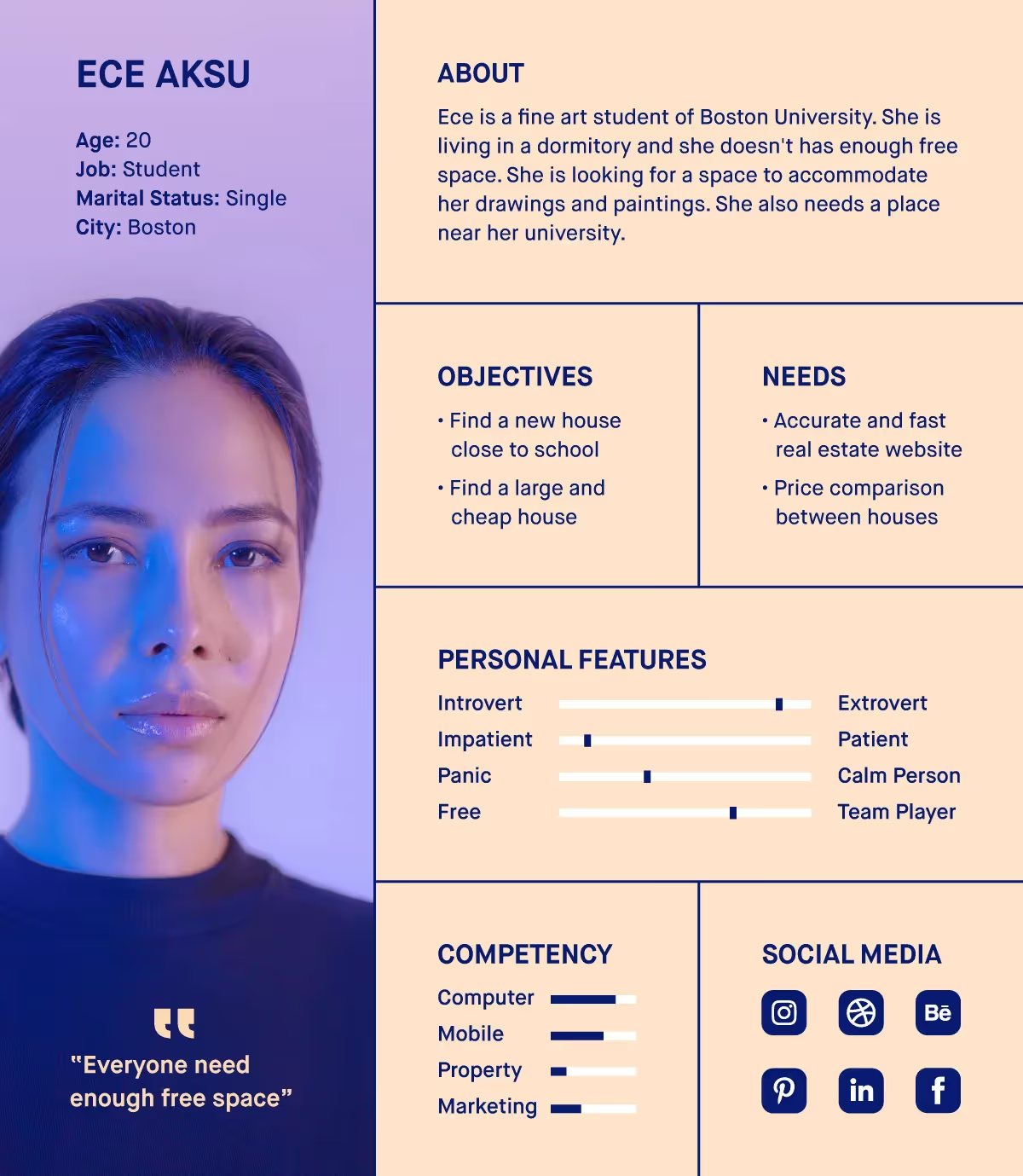
This is where surveys come in. The research that you put into your audience will help you develop these personas, that bring with them their preferences, and, more importantly, their pain points.
The cool part is, that surveys are a two-way street. That’s because they can help you gather feedback on your current offerings and, at the same time, help you understand what’s working and what needs improvement.
In fact, we’ve got just the thing to get the ball rolling. Try our buyer motives survey template to truly find out what motivates your target group. It’s a great way to start gathering information and creating your personas so you can allocate resources appropriately.
This means laser-focused targeting. You’re not shooting in the dark anymore. By allocating your resources honed to your buyer personas, you’re ready to acquire customers who aren’t just figures on a chart but are genuinely engaged and enthusiastic about your brand.
3. Tailoring content
Naturally, customers have come to expect tailored experiences, and simply put, one-size-fits-all content no longer cuts it. This is how surveys play a crucial role in helping companies tailor relevant content to customers, ultimately driving customer acquisition.
So why the need for personalized content? I’m happy you asked.
According to Salesforce, 52% of customers expect offers to always be personalized.
So let’s say you’re running a blog, and you aren’t too sure if the content is resonating with your audience. We’ve got just the thing, our content assessment survey template serves to improve the quality of your blogs while at the same time, allowing you to claim more value from the content you create.
Personalized content resonates with customers on a far deeper level. First, it captures their attention, and second, it keeps them engaged. This means longer browsing sessions and more time spent on your website.
Additionally, customers are far more likely to convert when they come across content that addresses their needs, makes sense right?
But that’s not all, because personalization doesn’t end at the point of acquisition. It can actually extend to retaining your customers because when you consistently deliver content tailored to their preferences, you increase customer loyalty.
And don’t forget about SEO! Search engines are way more receptive to fresh and engaging content. When you’re putting out quality content, it not only attracts customers but also impresses search engine bots, giving you a leg up in the rankings.
When you’re using surveys to gather important customer insights that you turn into tailored content, you create a dynamic, personalized customer experience that not only attracts new customers but also helps to retain and delight them along the customer journey.
4. Identifying the right channels
You’ve got an amazing message to share, but you’re telling it in a language your audience doesn’t understand. That’s basically what it’s like when you’re not hitting the right channels, at the right time.
Knowing where to invest your resources is a huge part of the battle for many who are tackling the challenge of customer acquisition. Whether it’s email marketing, content marketing, social media marketing, SEO marketing, or everything in between, you need to know which channel is worth pursuing.
And surveys will help identify where your audience is coming from. So once you’ve done the research, the return from putting maximum effort into a suitable acquisition channel is second to none. This means you’re targeting your reach and speaking directly to potential customers on the right channels. Your message is no longer lost in the chaos, it’s starting to reach the right ears.
With surveys as your compass, you’ve got a chance to navigate the customer acquisition seas with finesse. Try this audience interests survey template to discover what your visitors would like to see more of on your website:
5. Closing the feedback loop
If you haven’t noticed by now, feedback is a goldmine. This is why surveys play such a crucial role in unlocking it. In fact, they play a dual role in both closing the feedback loop and driving customer acquisition.
Allow me to explain. When you’re asking customers the right questions, you’re gathering quality feedback allowing you to identify trends and patterns, in turn helping you understand what’s working and what isn’t.
Armed with this feedback, you take action, enhancing your overall content strategy and other aspects while demonstrating your commitment to customer satisfaction.
In this scenario, closing the customer feedback loop means letting your customers know that you’re listening and acting on their feedback, fostering trust and loyalty.
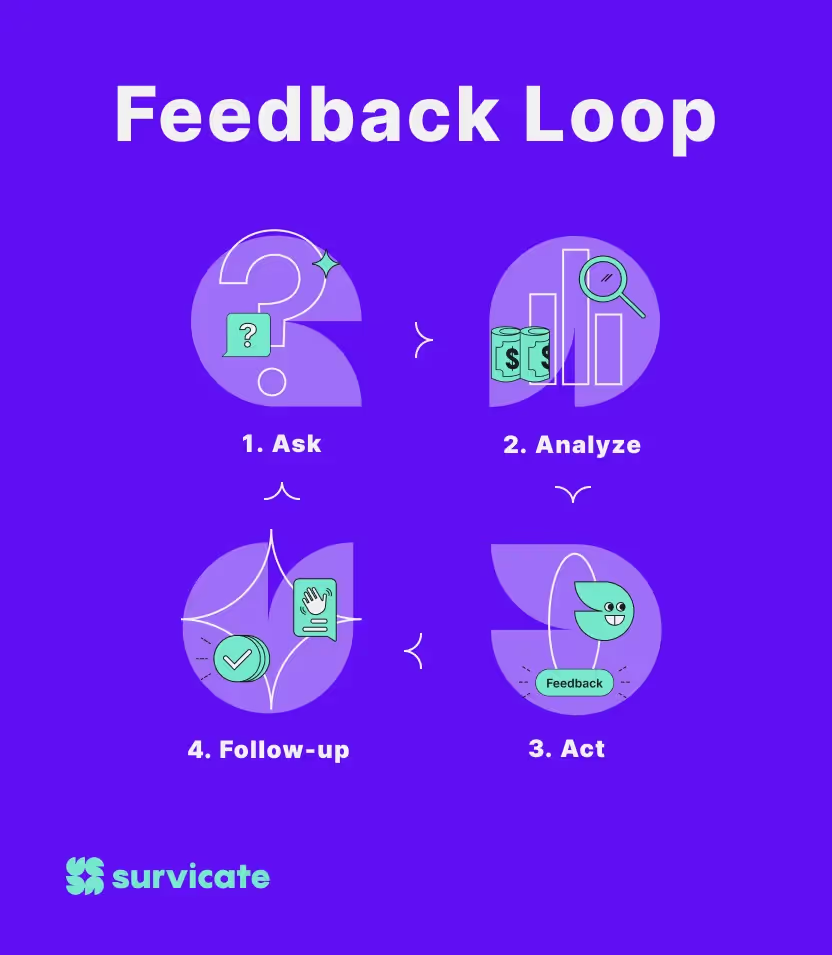
So how does closing the feedback loop enhance customer acquisition? Simply put, continuous feedback-driven improvements create happier, more loyal customers who are way more likely to recommend your business to others.
According to Shopify, when customers are loyal to your business, 86% will recommend you to friends and family.
Tailored marketing efforts mean you’re attracting new customers who resonate with your message.
Leverage surveys for better customer acquisition
Customer acquisition is a big deal, no matter where you are in your business journey. As you found out, new customers keep your business fresh, while keeping the existing ones happy secures your future revenue.
Surveys, my secret weapon, will give you an edge in making sure that you’re constantly making the effort to understand your audience, creating the perfect grounds for feedback that you’ll act on.
This will ultimately serve to rejuvenate your marketing efforts while at the same time helping you truly put the spotlight on your newly refined customer acquisition strategy.
Sign up for a free Survicate account today and discover how to gather valuable insights without the need for coding. Plus, enjoy a 10-day free trial with access to all Business plan features to experience the power of Survicate firsthand. Don't miss out – start acquiring new customers smarter and faster now!









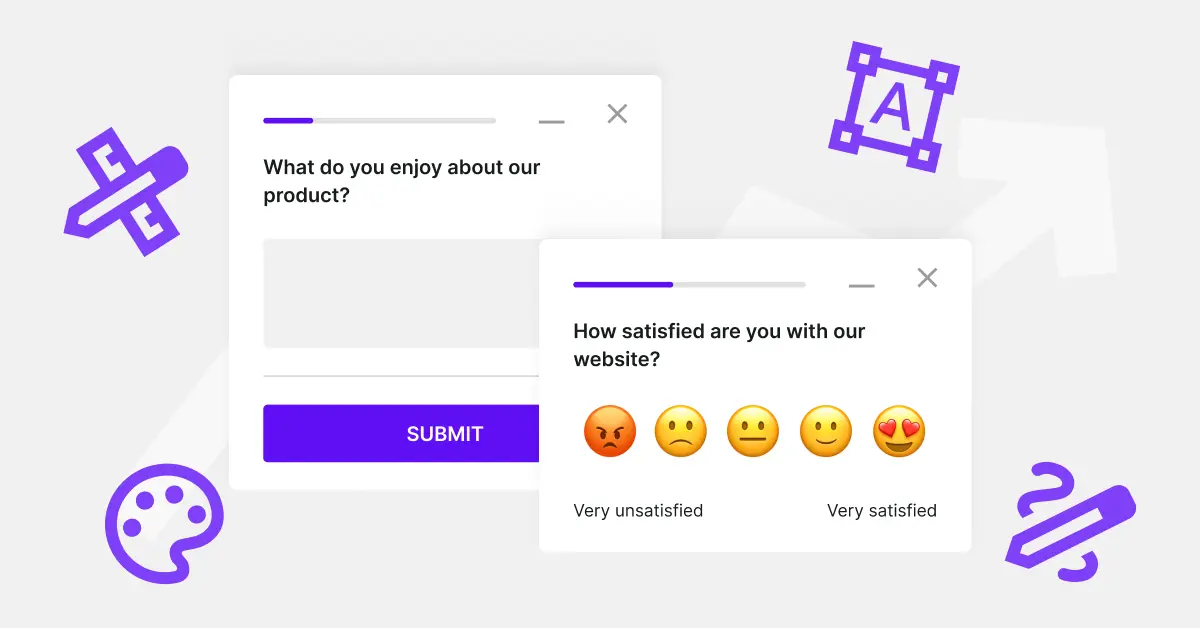
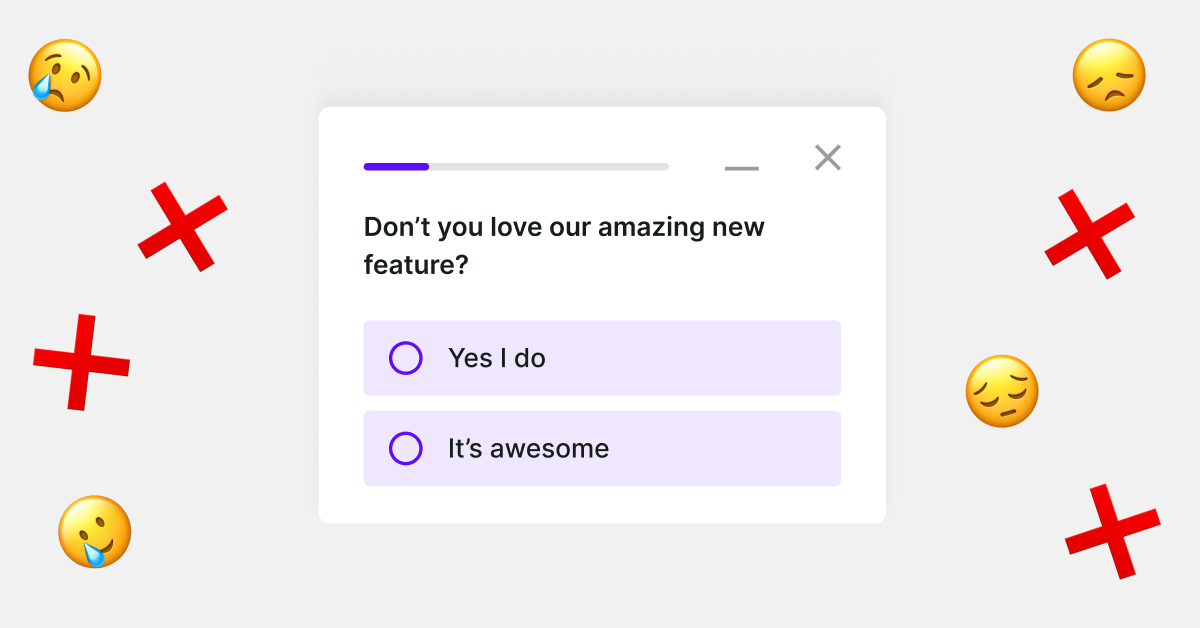
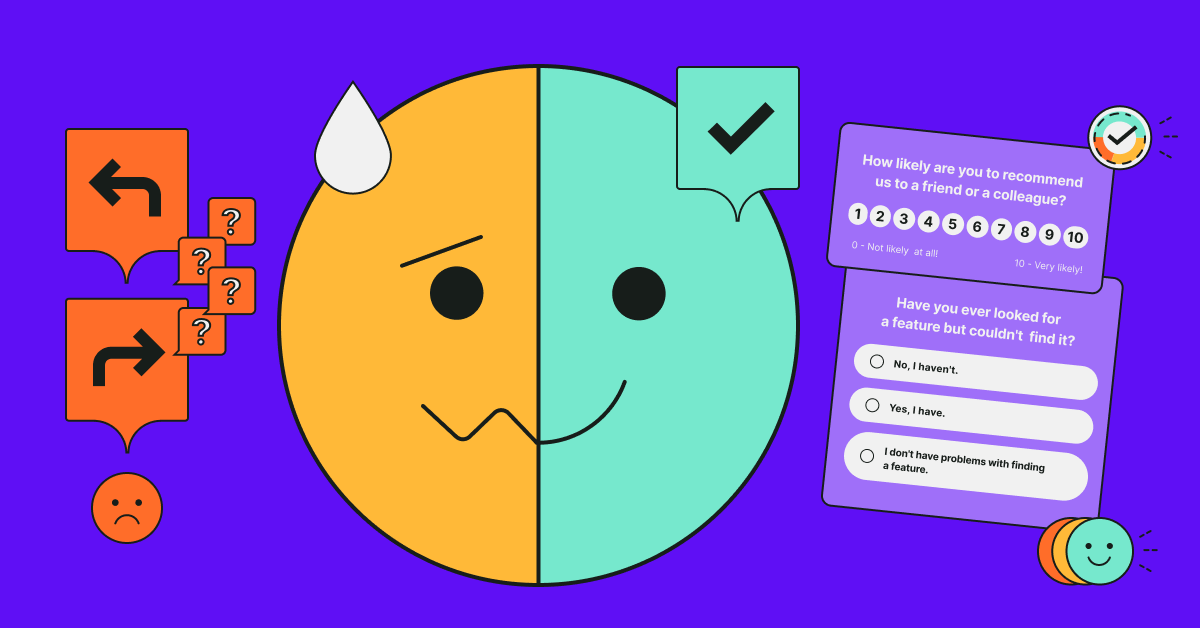

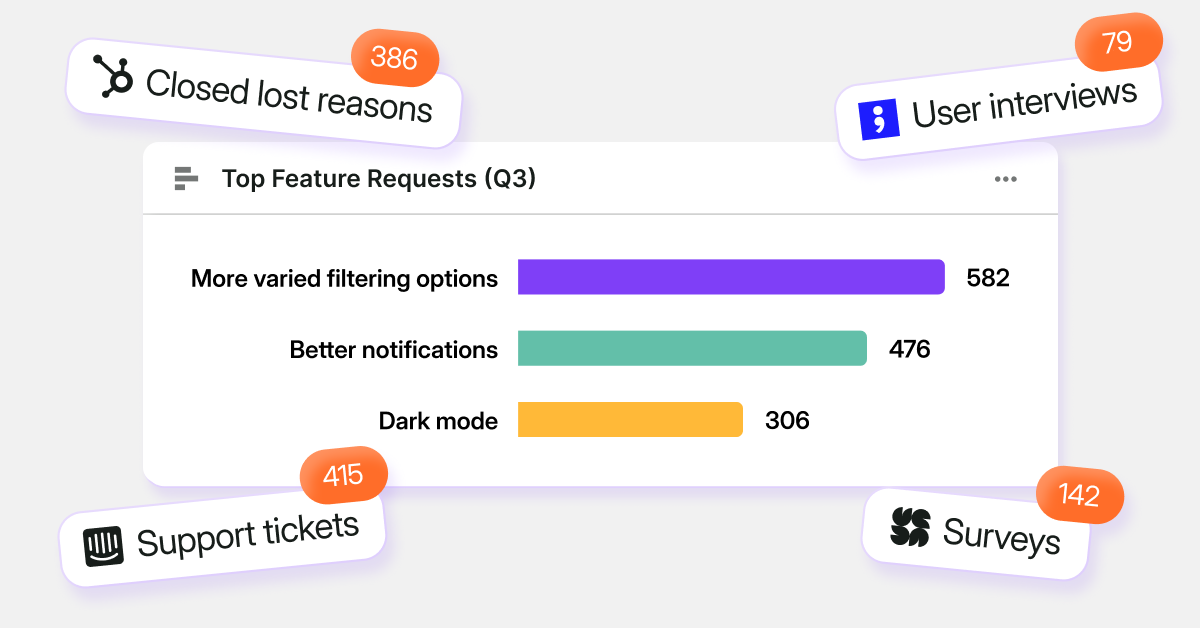
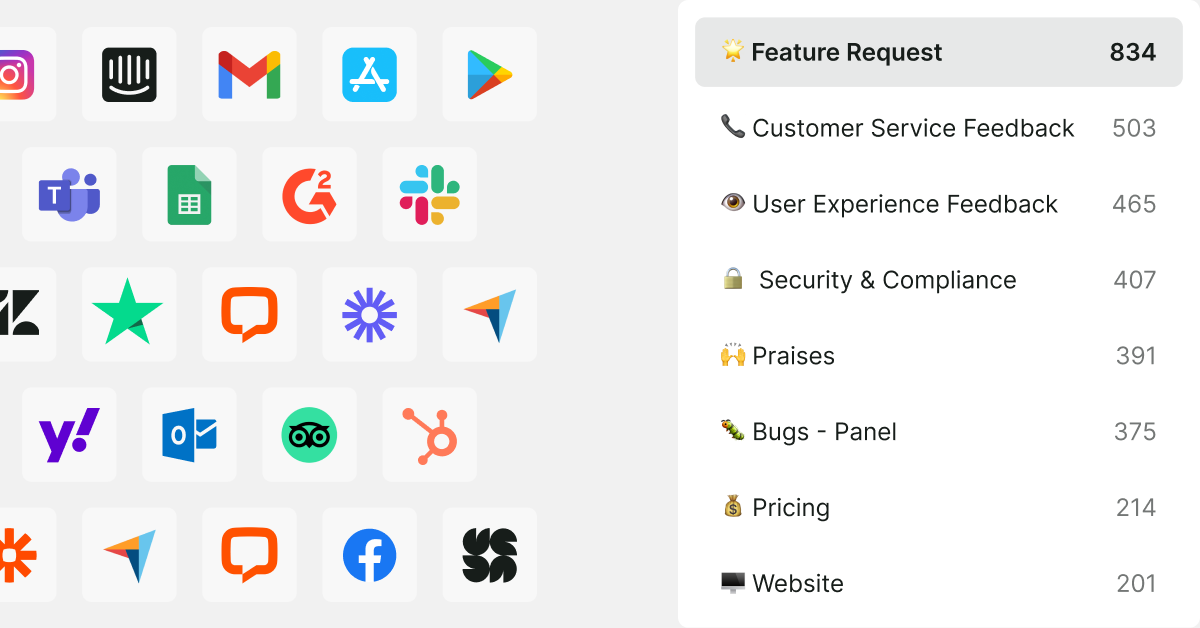
.svg)

.svg)



